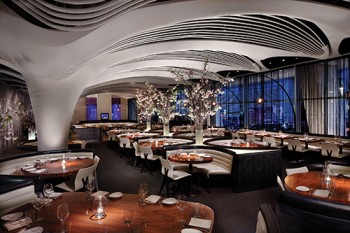Rapidwall wins “2009 Global Gypsum Product of the Year Award”
The award which recognises excellence in all aspects of design, production, processing and innovation was presented to the company at the conference held in Rio de Janerio in May.
Conference convenor Dr Robert McCaffery presents
the award to Greg Rice of Rapid Building Systems
Rapid Building Systems Managing Director, Peter Zwaans said, “The company was thrilled to be presented with the award especially as we were up against international competition. It’s a great achievement to be recognised as Product of the Year.”
“The fantastic thing about Rapidwall is that it can be used for all types of building applications.” It is especially suitable for high speed construction at a low cost. This makes it an ideal product for solving the problems of providing housing to people living in slum conditions in the emerging economies.





